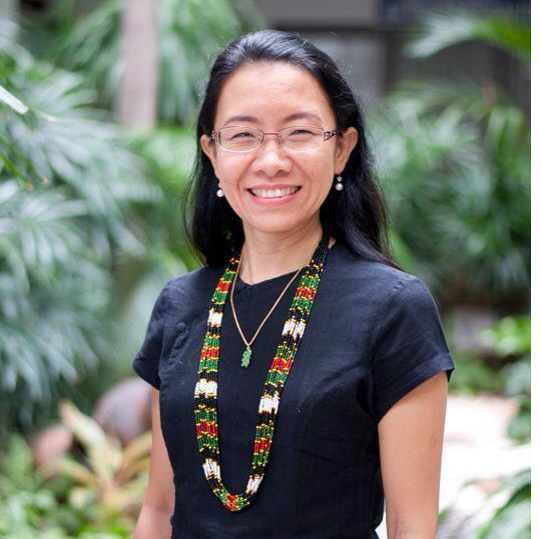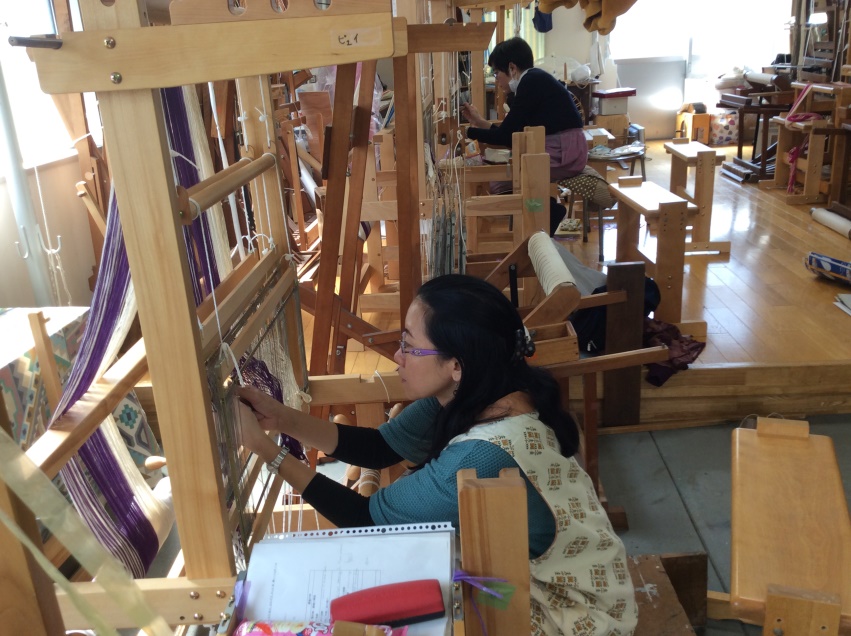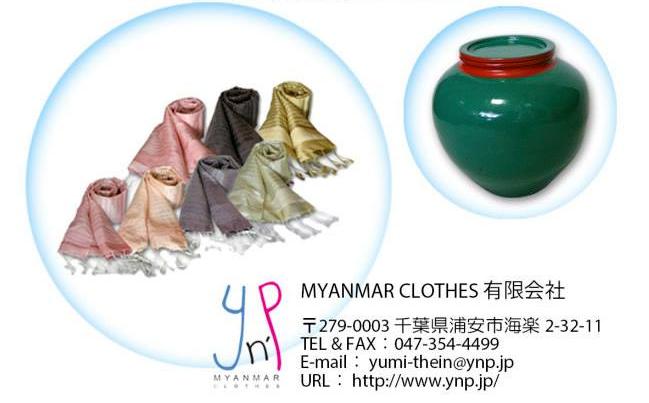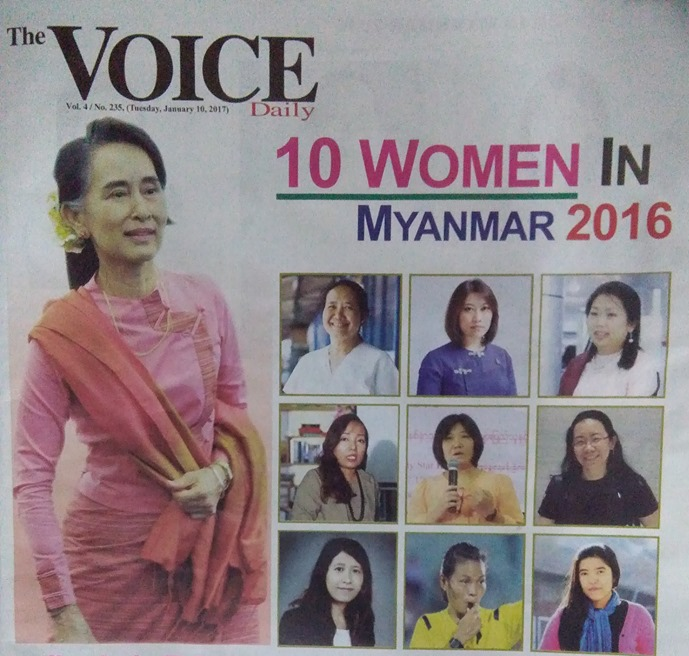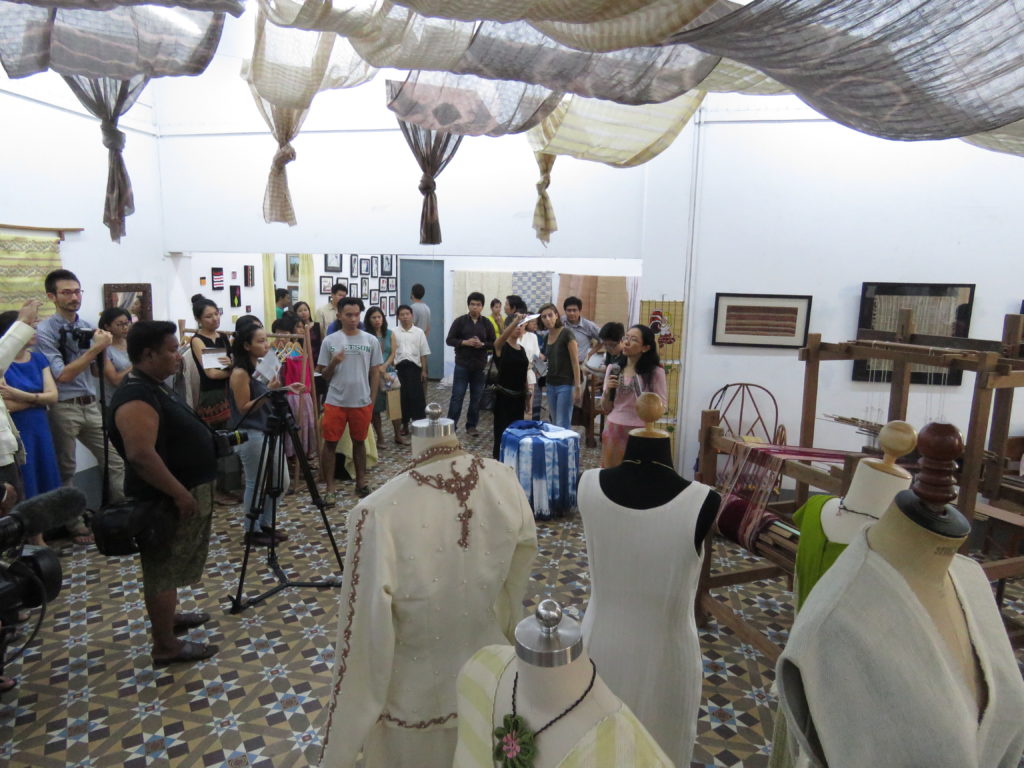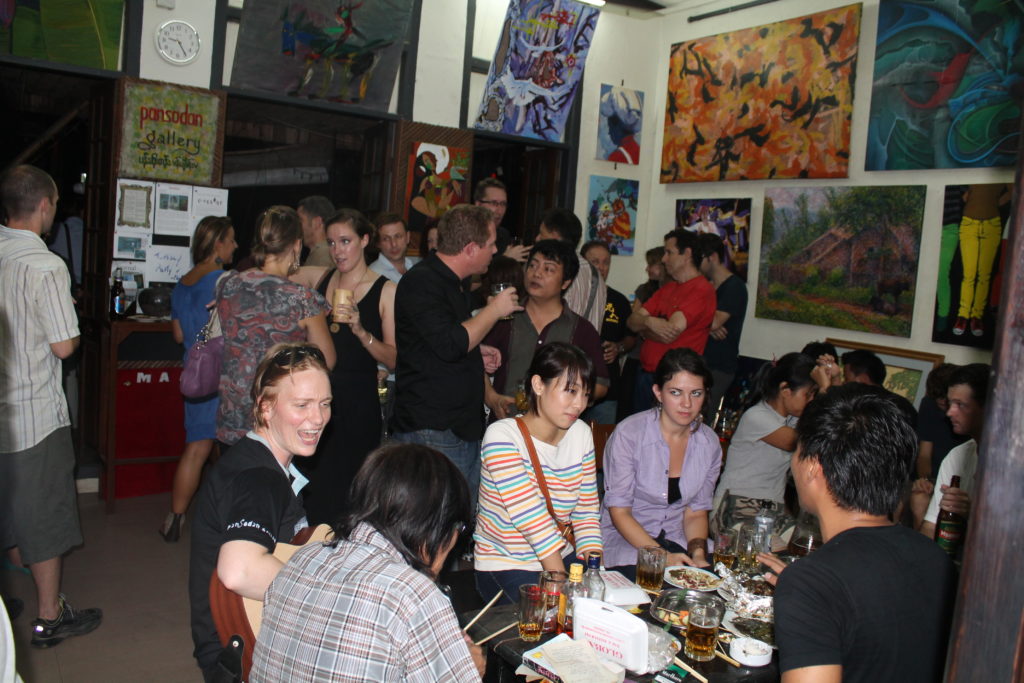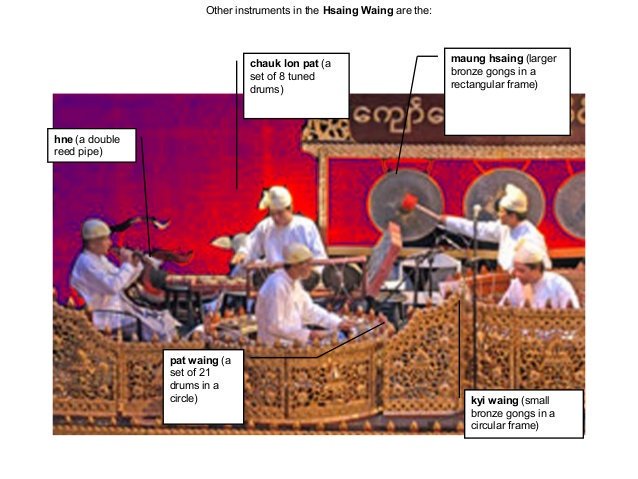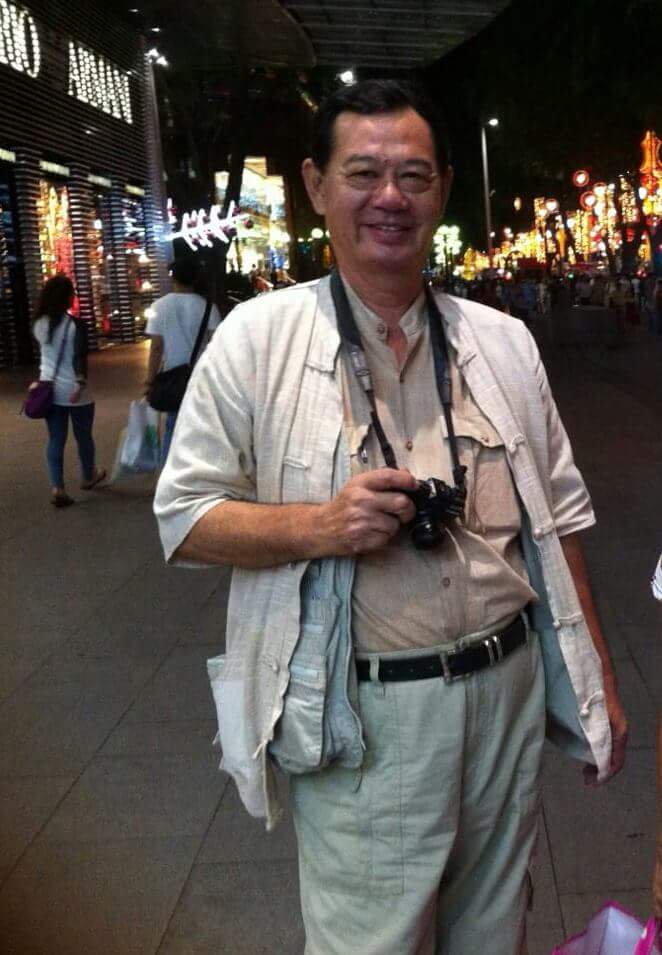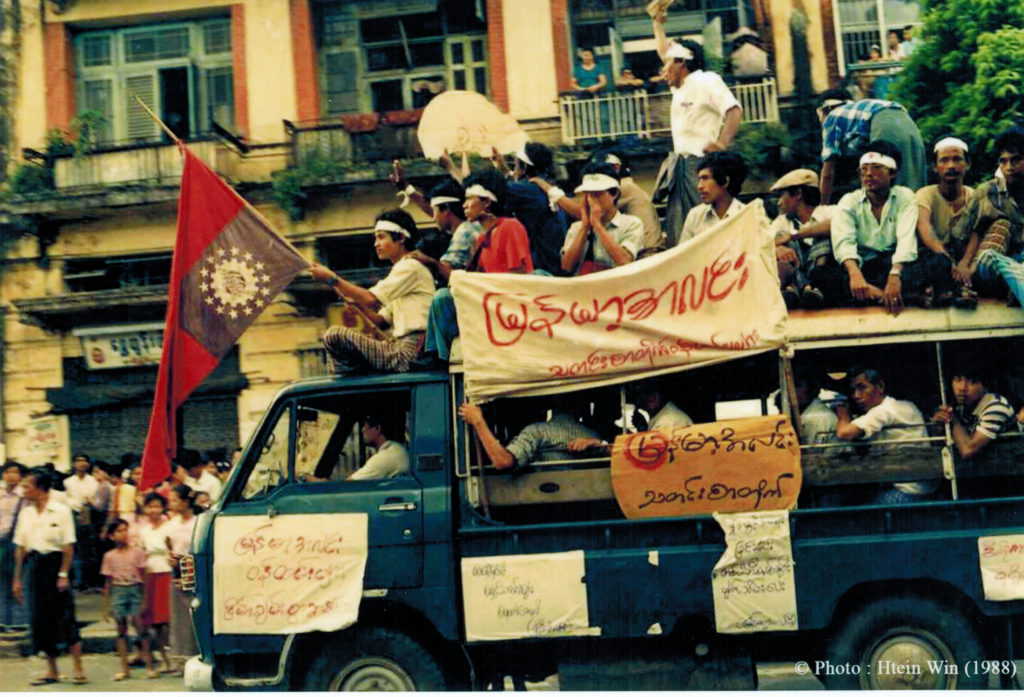
Biographic Essay
Thin Thin Aye
Introduction
U Tun Aung Chain has been writing books and articles on Myanmar history. As a historian, his work is meticulously crafted, cleaves closely to the available evidence, stresses accuracy and precision, and rarely contends with issues for which the available data provides little guidance. In the course of his influential and productive career, he has published original works as well as translations, including the translation of U Kala’s The Great Chronicle (1597-1711), the first of the Myanmar national chronicles.
U Tun Aung Chain served in the University of Yangon for a great part of his life and belongs to the generation of post-colonial Myanmar historians who took Myanmar history into a new direction after Myanmar independence in 1948 as well as shaped the development of historical studies in the universities and colleges.
U Tun Aung Chain not only served in the University of Yangon for nearly 40 years but also continued his connection with the University after retirement as a part-time professor. I had the opportunity of not only being a student while he was Professor but also of having him as a referee for my PhD dissertation in 2005.
Biography
U Tun Aung Chain was born on 7 January 1933 in Myeik, southern Myanmar, while his father Dr Ba Than Chain was serving there as a Civil Surgeon. His mother was Daw Lucy Chain (née Hla Htoo). He has four siblings, two of them medical doctors, the others a mining engineer and a theologian. He was brought up in Pathein, his father’s native town, where his early education was in St Joseph’s Convent. His education, interrupted by the Second World War, was resumed after the War with a year at the Bahan Post-Primary School in Yangon and then the Kothabyu Sgaw Karen High School in Pathein run by the American Baptist Mission.
Matriculating in 1949, he graduated from the University of Yangon in 1954 with an Honours degree in history and the Moay Twe Main Gold Medal for standing first in his class. He joined the Department of History as a tutor in 1954 and, except for five years at the University of Mandalay and a few months at Mawlamyine University (then still a College), spent the whole of his academic career in the University of Yangon until retiring as Professor in 1993. With leave of absence granted by the University, he pursued postgraduate studies at Harvard on scholarships of the Rockefeller and Asia Foundations and spent a year as Visiting Scholar a year at Cornell University as a Fulbright Fellow, a year at the School of Oriental and African Studies of the University of London and a few months at the Institute of Asian Studies of Chulalongkorn University (Bangkok) on the invitation of the host institutions. Other brief absences from the University included a fortnight at the University of Philippines, Diliman, as Visiting Lecturer on the South East Asian Studies Regional Exchange Programme, and study tours of higher education institutions in the United States, United Kingdom, Federal Republic of Germany, Japan and the People’s Republic of China arranged by the host countries.

Although U Tun Aung Chain’s contribution to the University as it went through several changes was mainly with regard to the academic programme in history, he also played a major role in the creation of two new departments at the University, the Department of International Relations and the Department of Archaeology, giving shape to their initial programmes and helped staffing them using the resources of the Department of History.
The resources of the History Department were also drawn upon in two projects of national significance in whose implementation U Tun Aung Chain served as Secretary. The first, commissioned by the Burma Socialist Programme Party, resulted in the publication of five volumes on the traditions and customs of five national minorities, Chin, Kachin, Kayah, Kayin and Shan, with the Kayah volume accomplished by the Department of Anthropology and the other four by the Department of History. The second project, commissioned by the State Law and Order Restoration Council, was a study of the reasons for the military coup of 2nd March 1962 which had a profound and far-reaching effect on Myanmar’s post-independence development. The project resulted in the publication of two works: the two-volume The 1947 Constitution and the Nationalities, and the three-volume Myanmar Politics (1958-1962).

U Tun Aung Chain’s effort to promote historical studies and scholarship extended beyond the University. The Myanmar Historical Commission was established in 1955 to create a credible past based on sound scholarship for the nascent nation. However, in the general reorganization of administration in 1972, the Commission was turned into a regular government department, depriving it of the senior scholars which had aided and guided its efforts. With the revival of the Commission in 1991, U Tun Aung Chain became a member, then Secretary in 1996, which enabled him, together with other members of the Commission, to aid and guide the work of the research staff and to fittingly celebrate the 50th anniversary of the Commission in 2005 with a Conference which attracted many international scholars and the publication of the writings of twelve members of the Commission in the series Selected Writings. Currently, U Tun Aung Chain continues to be a part-time member of the Commission and to contribute occasional articles to its Myanmar Historical Research Journal.
Another initiative in history in which U Tun Aung Chain played a part was the establishment of the SEAMEO Regional Centre for History and Tradition in 2000 which emphasized Myanmar’s commitment to the SEAMEO vision of “enhancing regional understanding and cooperation in education, science and culture for a better quality of life in Southeast Asia.” He was active in the preparations for establishing the Centre, served briefly as Centre Director, and lectured on Bagan art and architecture in the Centre’s programme for regional understanding, “Myanmar History from Myanmar Perspectives.”
U Tun Aung Chain’s work not only extended beyond the University but also beyond history. For a great number of years he served on two committees of the Sarpay Beikman, established in 1947 with the motto, “Light Where Darkness Was.” Both committees were responsible for the annual National Literary Awards; he served firstly on the committee for manuscripts, then later on the committee for published works. His contact with literary scholars and critics as well as with current literary works through the Sarpay Beikman enriched his work on history.
Aims and Achievements
When the Department of History was established in the University of Yangon in 1921, the history curriculum, patterned on those of British universities, was confined to British and European history, Following Myanmar independence in 1948, an effort was made in the 1950s to expand the history curriculum and U Tun Aung Chain was one of the scholars sent abroad to develop the study of East Asian history in the University. With the advent of a military government in 1962 and a policy of national isolation, it became difficult to further develop the programme of East Asian history. U Tun Aung Chain’s attention therefore turned towards Myanmar history for which there were abundant resources within the country.
U Tun Aung Chain has written much on Myanmar history and some of his books have received literary awards: the Tun Foundation Literary Award in 2011, the Dr Tin Shwe Literary Award in 2014, and the National Literary Award in 2015. He has also been named Ambassador of Peace (Shantidut) by the Peace Movement Trust in India in 2016 and his literary work and scholarship given recognition by the Lifetime Literary Achievement Award in 2019 and the title Theippa Kyawswa (Outstanding Scholar) in 2020. Among his outstanding books are:
A Chronicle of the Mons, awarded the Tun Foundation Literary Award in 2012, is a translation of a text in Myanmar of an earlier Mon text which is now lost. For a great part of Myanmar history, the Mons occupied southern Myanmar, while the Bamars (now the majority population) occupied the north. There was warfare between the two, the earliest in the 11th century with the conquest of the Mon kingdom of Thaton by the Bamars in AD 1057 providing the stimulus for the development of Bagan, and the last in the middle of the 18th century when a brief resurgence of the Mons in the south which resulted in the downfall of the penultimate Myanmar kingdom was ended by Alaungpaya who established the last Myanmar dynasty. This history of conflict between north and south has resulted in the loss of many Mon records and writings so that there is a paucity of Mon chronicles and historical writings. A Chronicle of the Mons, which covers Mon history from the legendary arrival of the Buddha at Suvannabhumi to the reign of Daka Ratpi (Benefactor of the Three Gems, 1525-1539), is mainly anecdotal and does not have the solidity of Myanmar chronicles, but is still of value because of the rarity of Mon historical writings.
Flowing Waters: Dipping into Myanmar History was awarded the Dr Tin Shwe Literary Award in 201. It contains is a collection of nine articles studying Myanmar history from the late 11th to the early 20th centuries. The lead article, “Flowing Waters, Freshening Life: The Ayeyarwady in the Late 18th Century”, studies Myanmar social and economic life along the Ayeyarwady river, running through the Myanmar heartland uniting north and south, in the late 18th century, the high noon of traditional Myanmar society and culture which was to come to an end in the course of the 19th century as the British annexed the country and brought about a sea change. Two articles deal with Bagan, one on financial transactions, the other on its gardens. There are also two articles on the Chinese in Myanmar in the early part of the 20th century, one providing a demographic profile based on the 1931 census, the other providing profiles of some prominent members in the early 20th century. They came from Guangdong and Fujian, escaping from the conditions of dynastic decline, fitted in and made their way in a Myanmar society in change under British colonial rule, such as Ho Wah Kain, starting his business with the sale of opium and spirits on licence, then graduating to rice milling, and creating endowments in the University of Yangon in his name and that of his wife, Moay Twe Main, for awarding medals to outstanding students.
Maung Yin Maung and Ma Mè Ma, awarded the National Literary Award in 2014, is a translation of a work of historical significance published in 1904 as the first Myanmar novel. Traditionally, Myanmar literature had been created in a court setting, with monks or those with a monastic education writing for an elite circle. The author of Maung Yin Maung and Ma Mè Ma, James Hla Gyaw, had been brought up in a Christian setting, educated in a Christan institution, St John’s College in Yangon, and served as an interpreter at Mandalay soon after the British annecation of the Myanmar kingdom in 1886. He wrote for an emerging Myanmar middle class, reaching out to them through the use of the printing press. The setting of the novel was in the first half of the 19th century, with the main character, Maung Yin Maung, the son of a merchant carrying on trade along the Ayeyarwady in a large cargo boat. Maung Yin Maung is accused of involvement in a conspiracy against the King and imprisoned, but escapes in the manner of Edmond Dantès in Alexandre Dumas’ The Count of Monte Cristo, and goes through a series of trials and hardship before restoration to his position and reunion with Ma Mè Ma, the bride from whom he had been separated by his arrest on their wedding night. To his readers of the middle class in British colonial society, James Hla Gyaw gave the message of exertion, comparing Maung Yin Maung to the Buddha in his existence as Mahājanaka when he perfected the virtue of exertion. U Tun Aung Chain’s translation was hailed as “an excellent example of the few Myanmar novels available to the world in English.”
Assessment
U Tun Aung Chain belongs to a generation whose education was adversely affected by the Second World War. Yet that generation made an effort to overcome that handicap and, in the period following Myanmar independence, when a great wave of young Myanmars was sent to premier universities in the United Kingdom and the United States in order to fill the gaps in government departments and the University of Yangon created by the departure of British and Indian staff, made a success of the opportunity offered and returned to build Myanmar as an emerging nation. By the 1950s the returning wave of scholars had resulted not only in the departments of the University of Yangon being headed by Myanmars but also in the establishment of new departments.
As a member of that generation tasked with the building of the new Myanmar, U Tun Aung Chain has, throughout his career in the University of Yangon, tried to develop and advance the academic study of history. As his interest turned towards Myanmar history, he has, with other members of his generation, tried to develop and take Myanmar history into new directions. Furthermore, in order to acquaint the world with the new directions being taken in Myanmar history, he has published most of his work in English.
As the universities of Myanmar embark on a new period of growth and development, U Tun Aung Chain remains a shining light, inspiring a new generation of Myanmar historians towards higher levels of achievement.
Works of U Tun Aung Chain
Original
- Selected Writings of Tun Aung Chain. Yangon: Myanmar Historical Commission, 2004.
- Broken Glass: Pieces of Myanmar History. Yangon: SEAMEO Regional Centre for History and Tradition, 2004.
- Texts and Images: Glimpses of Myanmar History, Yangon: SEAMEO Regional Centre for History and Tradition, 2011.
- Flowing Waters: Dipping into Myanmar History, Yangon: Myanmar Knowledge Society, 2013.
- Founders: Yangon: Department of History, University of Yangon, 2020.
Translation
- The Minami Organ, by Izumiya Tatsurō, Yangon: Department of Higher Education, 1981.
- Chronicle of Ayutthaya, Anonymous, Yangon: Myanmar Historical Commission, 2005.
- A Chronicle of the Mons, Anonymous, Yangon: SEAMEO Regional Centre for History and Tradition, 2010.
- Maung Yin Maung and Ma Mè Ma, by James Hla Gyaw, Yangon: Myanmar Knowledge Society, 2014.
- The Great Chronicle (1597 – 1711), by U Kala, Yangon; Myanmar Knowledge Society, 2016.
Supplement to Thin Thin Aye’s biographic essays of Professor Tun Aung Chain
I am a fan of the few articles written by Tun Aung Chain that I have read whom I had the chance to meet at different occasions. One of the was the Kayin New Year Festival celebrated in the compound of a Buddhist monastery in Insein where he delivered a speech. I did not not understand anything he said but it was clear that he was a very respected member of the Kayin community. Some time later, I acquired his „Selected Writing“ published by the Myanmar Historical Commission of which he was the Vice Chairman (see bibliographical note of Thin Thin Aye’s essay). I noticed a particular approach taken by him towards historic research that appealed to me because the reconstruction of past events were linked to the present in a sophisticated and unobtrusive way allowing the reader to draw his own conclusion.
I was therefore not surprised to learn later that Professor Saw Tun Aung Chain – the “Saw” denoting him as a Sgaw Kayin – had got engaged in the peace talks between the Karen National Union (KNU) and the military government. He combined his scientific work with practical public service. The following remarks shed some light on his way of combining historical research and practical engagement.
1 Highlighting the meaning of history
I would like to illustrate Tun Aung Chain’s special approach to historical research by the first and ninth contribution of the collection of his writings published in the volume that I acquired. Th first essay deals with a review of a famous – and rare – joint venture in the history of Burmese scholarship, the translation of the Glass Palace Chronicles into English by Pe Maung Tin and his British brother-in-law Gordon Luce published for the first time in 1921 by the newly founded Burma Research Society and reprinted many times since then. The work is widely acclaimed as a pioneering work throwing „much light on the mentality of the Burmese as well as on their history“ as an early reviewer worded it in 1924.1
In an article written to honour Pe Maung Tin on his 110th birthday in 1998, Tun Aung Chain point to some shortcomings of the work, particularly with regard to the Burmese author who did the main work of translation. He notes that the chronicle, commissioned by king Badyidaw after the first Anglo-Burmese War, is not just a „copy“ of previous chronicles but a notable step forward in Burmese historiography. Tun Aung Chain further notes that the reasons for not translating the first chapters of the chronicle dealing with the „legendary“ prehistory of the Burmese kingdoms given by Pe Maung Tin, are „a bit unreasonable“. These parts are important because they
set down the fundamental principles on which Myanmar kings are to guide their action […], and furnish an ideal of kingship in the life and activities of Asoka. (Tun Aung Chain 2004:
This way, Tun Aung Chain contributed to a developed interpretation of the chronicles as not just containing historical „facts“ but also the „meaning“ of history in the context of Burmese royal history that might influence the country’s modern history as well. He closes his review with the comment that the book still is a „great monument“ but a „monumental reproach to us“ as well because the missing parts of the translation have not yet been translated – and thus the hope expressed by the first reviewer in 1924 was still unfulfilled.
The second article is the text of a lecture given in 1980 at Cornell University entitles „Legitimation Ploys in 18th century Myanmar“. It commences with a general statement to introduce the foreign listeners to a difference between Burma and the West.
In Myanmar there are two measures of time: the Western calendar and the Myanmar lunar calendar. All important official documents are dated both in the Western and Myanmar manner. Since the Myanmar political leadership lives in two kinds of time, there can be varied responses to the question of legitimacy. On the one hand, there can be constituencies, parliaments and elections, and, on the other, the building of pagodas, the purification of the sangha,2 etc. (Tun Aung Chain 2004: 151)
He illustrates this observation on the example of achieving legitimacy in the establishment of the last Burmese dynasty by king Alaungphaya, the founder of the last Burmese royal dynasty. He argues that the king used two traditional concepts, hpon and dhammaraja, to underpin his legitimacy to rule over the power centres of the region. Both terms designate the quality of the ruler but include a quantitative element. Hpon, meaning „merit“ (as in the word for a monk, hpon-gyi, great merit), „glory“ and „power“ is an attribute in which past merits and present achievements come together and result in the claim that the particular „owner“ is superior to others as a ruler. The concept of the dhammaraja (Dhamma-King) is connected to the idea that the present ruler has the qualities toe become a future Buddha.
Alaungphaya used these concepts skilfully in many ways, one of them being to build pagodas both in his home town Shwebo on the place where his parents had lived and in Bago. Through these buildings as well as his proclamations of promoting the religion together with uniting the various power centres, Alaungphaya symbolically legitimised his authenticity to rule.
Tun Aung Chain closes his presentation with another general remark on „one aspect of the traditional Burmese state“:
The actual apparatus of administration and control was very flimsy, and therefore one of the important props of the state was an image of kingship which was in great part created and sustained by symbolic action. (Tun Aung Chain 2004: 161).
The sentence might be regarded as an invitation to the reader to draw conclusions about what is happening today. The two versions of measuring Myanmar time are still in use. The same applies to the and legitimation of political power. One may conclude that Tun Aung Chain used his research on history to stimulate critical reflections about present developments.
2 Engagement for peace
From the rare sources available to me one can conclude that Tun Aung Chain got involved in the peace talks form the beginning of direct contacts between the military junta that took over the government in 1988 and the Karen National Union (KNU) the political representation of the Kayin that had started a rebellion against the Burmese government shorty after independence.3 In December 1995, he was one of six members of a Kayin “group comprising of peace intermediaries”4. He continued to be pa member of this advisory group to the Kayin political and military leaders for some years. Shortly after in January 2012, a ceasefire agreement was signed between the Myanmar government and the KNU, Tun Aung Chain was reported to be the Honorary Moderator of the Kayin “Peace Support Team” located in Insein where he lived.5 He was almost 80 years old at that time.
In his double role as a respected member of the Kayin community and a historian teaching at Myanmar’s most most prestigious university, Tun Aung Chain addressed the two sides who had been involved in an armed conflict since early 1949. Over the years, he spoke on various occasions to his fello Kayin and “highlighted the need for a creative response to the challenges facing the Karen community.”6
On the other hand, a number of his academic writings can be seen as suggesting a change of the state’s use of history to justify the claim that multi-ethnic Myanmar from the beginning had been a united nation. This was most clearly expressed in an article written in 2000 in which Tun Aung Chain outlined three attempts of Burmese writers to historically underpin a statement of Burma’s first Prime Minister U Nu declared on 4 January 1948, Independence Day, “that although Mons, Burmans, Rakhines, Kayins, Shans, Kachins and Chins each live by their own culture they come together before the world as a single nation.”7 It was the later UN General Secretary U Thant who wrote a three-volume history of Burma on U Nu’s request. Two more accounts followed in the scialist period after 1962, the last officially endorsed by the Burma Socialist Programme Party (BSPP) that ruled Burma between 1974 and 1988.
Tun Aung Chain closes his review of the three records:
A type of history emerged in post-independent Myanmar which attempted to make itself politically relevant and of use in the nation-building effort. In an ethnically diverse and problematic situation, the creation of Myanmar nationhood was high among the priorities of nation-building, and the aspiration of Myanmar nationhood was projected back into the historical past. Addressing itself to the general public and not to a critical scholarly audience, the history resorted to a number of simplifications and unhistorical positions. Rather than thinking of nationhood as a process developing in the course of history, it regarded nationhood as an underlying constant of Myanmar history innate through the political fluctuations of the Bamar history. Bearing the weight of traditional Myanmar historiography, it conceived of the Bamar centre from the Bagan dynasty to the Konbaung as the centre of Myanmar nationhood without taking into account other equally valid political and cultural centres – Mon, Rakhine and Shan – of Myanmar nationhood. Thinking of nationhood primarily in political terms, it did not take into account the social and cultural interactions which contribute to the development of Myanmar nationhood. Since the creation of Myanmar nationhood out of its ethnic diversity still remains high on the agenda of Myanmar nation-building, the formulation of a more sophisticated history of Myanmar nationhood still remains as a challenge to Myanmar historians.8
Some two decades later, the mentioned “challenge” still exists. The preamble of the constitution of 2008 shows that an unsophisticated Bamar-centred historical perspective still dominates. Its first paragraph can be seen as a summary of the previous attempts to historically “unify” Myanmar from the Bagan period onward:
Myanmar is a Nation with magnificent historical traditions. We, the National people, have been living in unity and oneness, setting up an independent sovereign state and standing tall with pride.
Given the still were problematic course of Myanmar’s recent development, it seems quite clear to me that Tun Aung Chain’s writings deserve to be read not just in Myanmar but outside the country as well. As the biographical essays shows, a number of his writings are available in English, but just a few are available in western libraries and book shops.
Hans-Bernd Zöllner, November 2021
1Review of C.O. Blagden in the Journal of the Royal Asiatic Society 56,1: 19 (https://www.cambridge.org/core/journals/journal-of-the-royal-asiatic-society/article/abs/glass-palace-chronicle-of-the-kings-of-burma-translated-by-pe-maung-tin-and-g-h-luce-issued-by-the-text-publication-fund-of-the-burma-research-society-8-5-pp-xxiv-179-1-map-london-humphrey-milford-oxford-university-press-1923/18A0734F513955240E1319843A54FED8; accessed 2.5.2021).
2This remark refers to the reform adopted by the Burmese Sangha on the initiative of Ne Win’s government in the year of holding the lecture.
3For more information on the conflict see the biographies of
4The Karen and Their Struggle for Freedom: 19 (https://assets.ctfassets.net/rkcq1ijcgwlq/5LsQK12ezugiEg8cEwyqEg/0eae0a4e23dea1f18443b43b09a24329/The_Karens_and_Their_Struggle_for_Freedom.pdf; accessed 31.10.2021).
5KNU » Myanmar Peace Monitor (mmpeacemonitor.org) (accessed 1.11.2021).
6Alan Saw U 2007 Reflections in Confidence-building and Cooperation among Ethnic Groups in Myanmar: The Karen Case. N. Ganesan and Khyaw Yin Hlaing, Myanmar. State, Society and Identity. Singapore, ISEAS:219-235: 230.
7Tun Aung Chain 2000 Historians and the Search for Myanmar Nationhood. Tun Aung Chain 2004, Broken Glass. Pieces of Myanmar History. Yangon, SEAMEO Regional Centre for History and Tradition, 9-24: 9.
8Tun Aung Chain 2000: 19-20.

